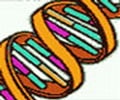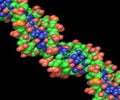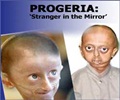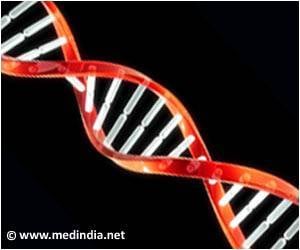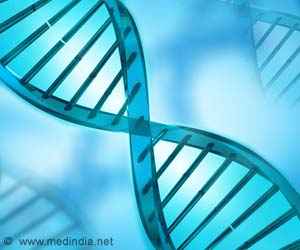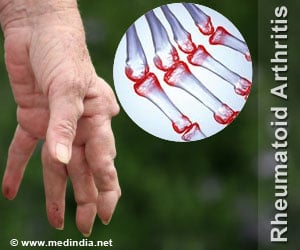Analyzing the laboratory fruit fly Drosophila, a team of biologists at UC San Diego has identified eight new genes that were found to play a role in would healing.
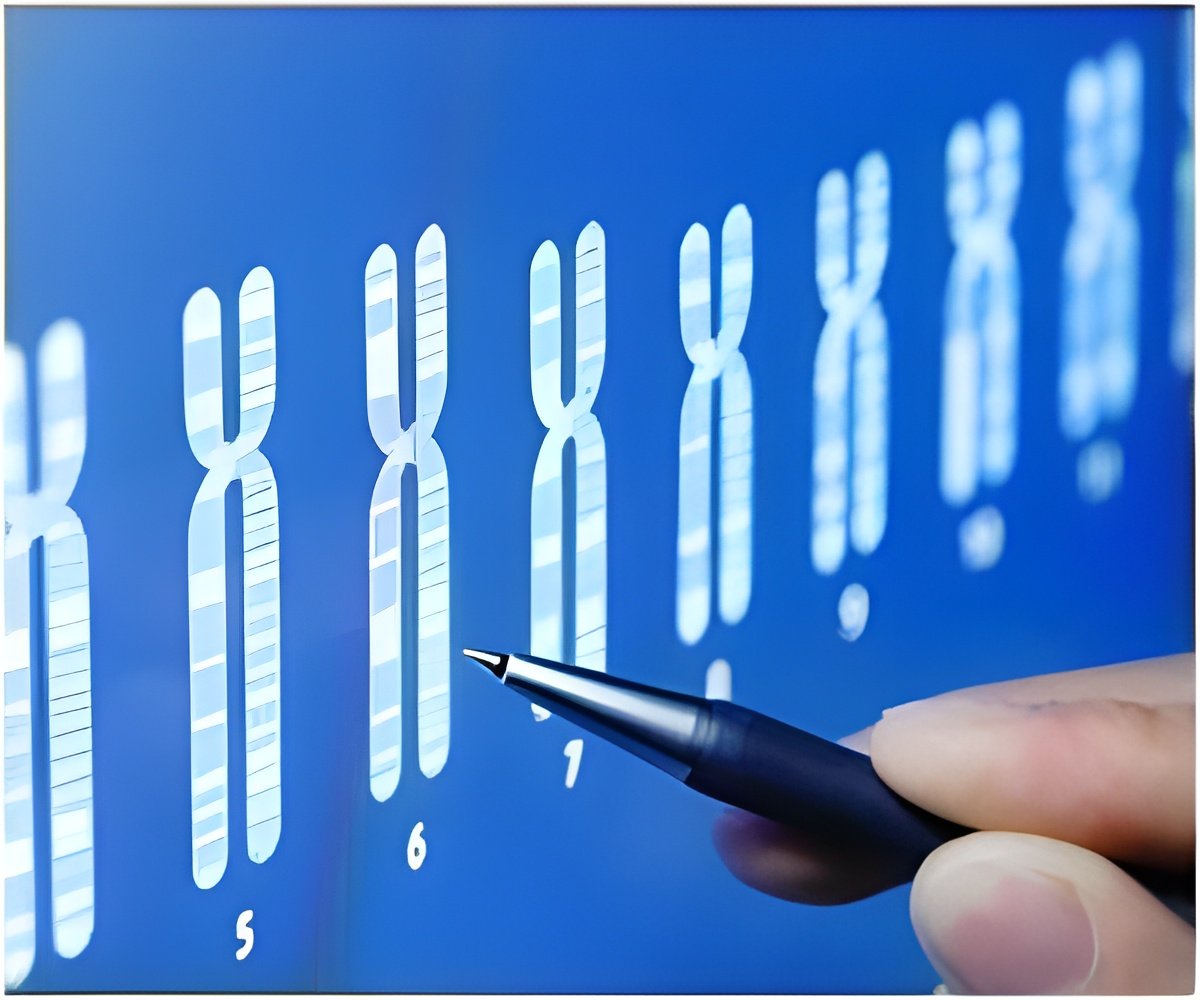
"The genetics of Drosophila are not as complicated as mammalian genetics, so it's easier to attribute specific biological functions to individual genes. "By puncturing the cuticle and epidermis of fruit fly embryos in their experiments, the researchers examined 84 genes that are turned on and 78 that are turned off as the fly embryo responds to healing. From these 162 genes, they identified eight genes that are expressed at either very low levels or not at all in most cells during development, but are activated near the puncture wounds.
The researchers were surprised to discover that an immune response begins as soon as the flies' cuticles and epidermis were punctured, releasing antimicrobial peptides and other compounds that prepare the embryo should bacteria or fungi enter the site of injury. The key to their technique was the use of trypsin, a member of a family of enzymes called serine proteases, which activates genes involved in wound healing.
The next step is to see if these genes play a comparable role in humans. "I think one amazing application of our studies may be to build a better bandage—containing compounds to promote would healing," said Juarez, a former postdoctoral fellow in McGinnis's lab who is now an assistant medical professor at the City College of New York. "Perhaps our results can be translated to existing human therapies by incorporating specific, regulated series proteases and antimicrobial peptides at the sites of diabetic ulcers or skin grafts for more efficient wound healing," said Patterson. She said her team's results might also have application to treating chronic skin diseases such as psoriasis, severe dry skin and eczema in which levels of these enzymes are known to be abnormal.
Source-Eurekalert

